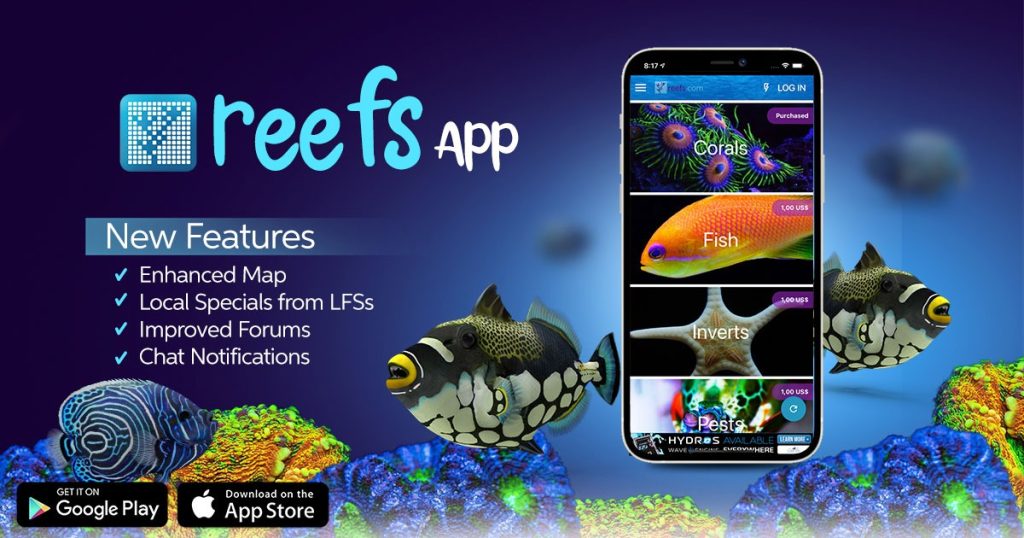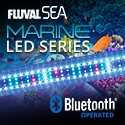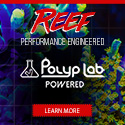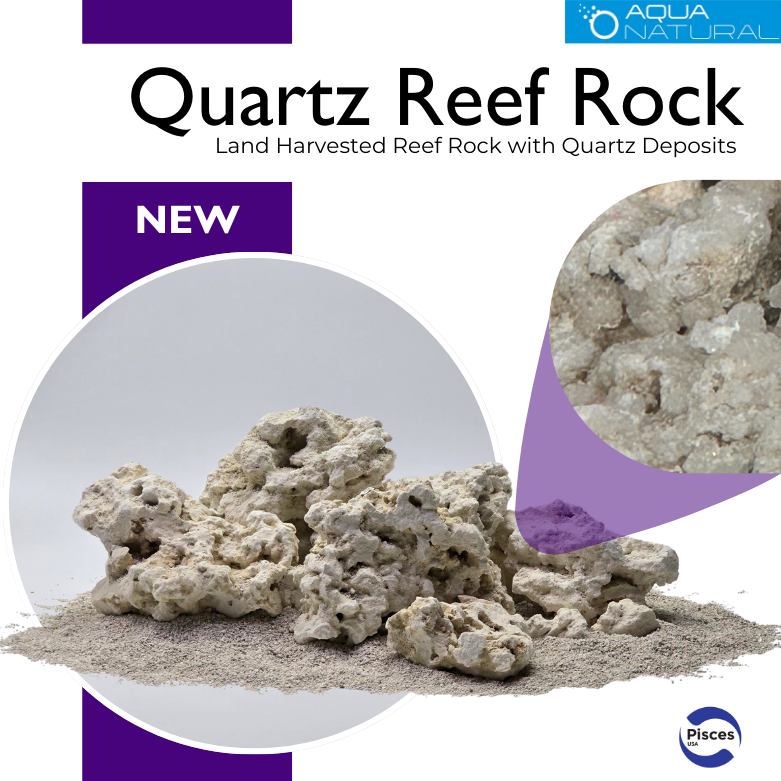SICCE Voyager Nano Unboxing
Sicce is making a “big splash in a small package” with their line of nano pumps and propeller powerheads. I’ve recently had the opportunity to test the tiny Syncra Nano return pump (you can read the review here), and today we’re going to visit another Sicce...The Use of Negative Space in the Reef Aquarium Aquascape
Marine aquarium aquascapes are evolving to favor more open, irregular aestheticsOne of the more interesting developments in the reefkeeping hobby, in my opinion, has nothing to do with the latest, greatest gadget or advance in water-quality-management methodology. Rather, it’s an evolving aesthetic in aquascaping. Bored with the traditional monolithic stack of rocks propped up against the back pane and consuming much of the tank’s volume, modern reef hobbyists are starting to appreciate and experiment with the use of negative space—the open areas around the rockwork—when planning their aquascapes.The towering, uniform “wall of rock” has given way to lower-profile aquascaping with irregular, broken topography, allowing open channels and swim-throughs, caves and overhangs, islands, etc. And this trend makes perfect sense. Artists have long known the value of striking the right balance between positive and negative space in their compositions. With our reef systems essentially being living works of art, it stands to reason that the aesthetic principles guiding the works of painters and sculptors can only make our aquascapes all the more visually appealing. This aquascape features a broken topography and plenty of open sand What’s different about exploiting negative space in reefkeeping versus artwork is that it has both practical and aesthetic valueReef Threads Podcast #250
Should we take marine animals from the reefs for our viewing pleasure?
In our 250th podcast, a discussion about marine-fish captive breeding and Orca breeding leads to an exchange about keeping wild animals captive, the current state of our hobby, and how collecting and keeping marine animals fits in the larger animal-treatment arena. Basically, we address some difficult questions. After you’ve listened, share your thoughts here or on the Reef Threads Facebook page.Download the podcast here, or subscribe to our podcasts at iTunes. Also, follow us on Twitter @reefthreads.—Gary and Christine
Sponsor: Rod’s Food
Rod’s Food website
Breeding yellow tangs
Rising Tide Conservation Captive Bred Yellow Tangs
Breeding Orcas
Sea World To Challenge California Ban On Orca Breeding, Francis Yupangco, Reefs.com







